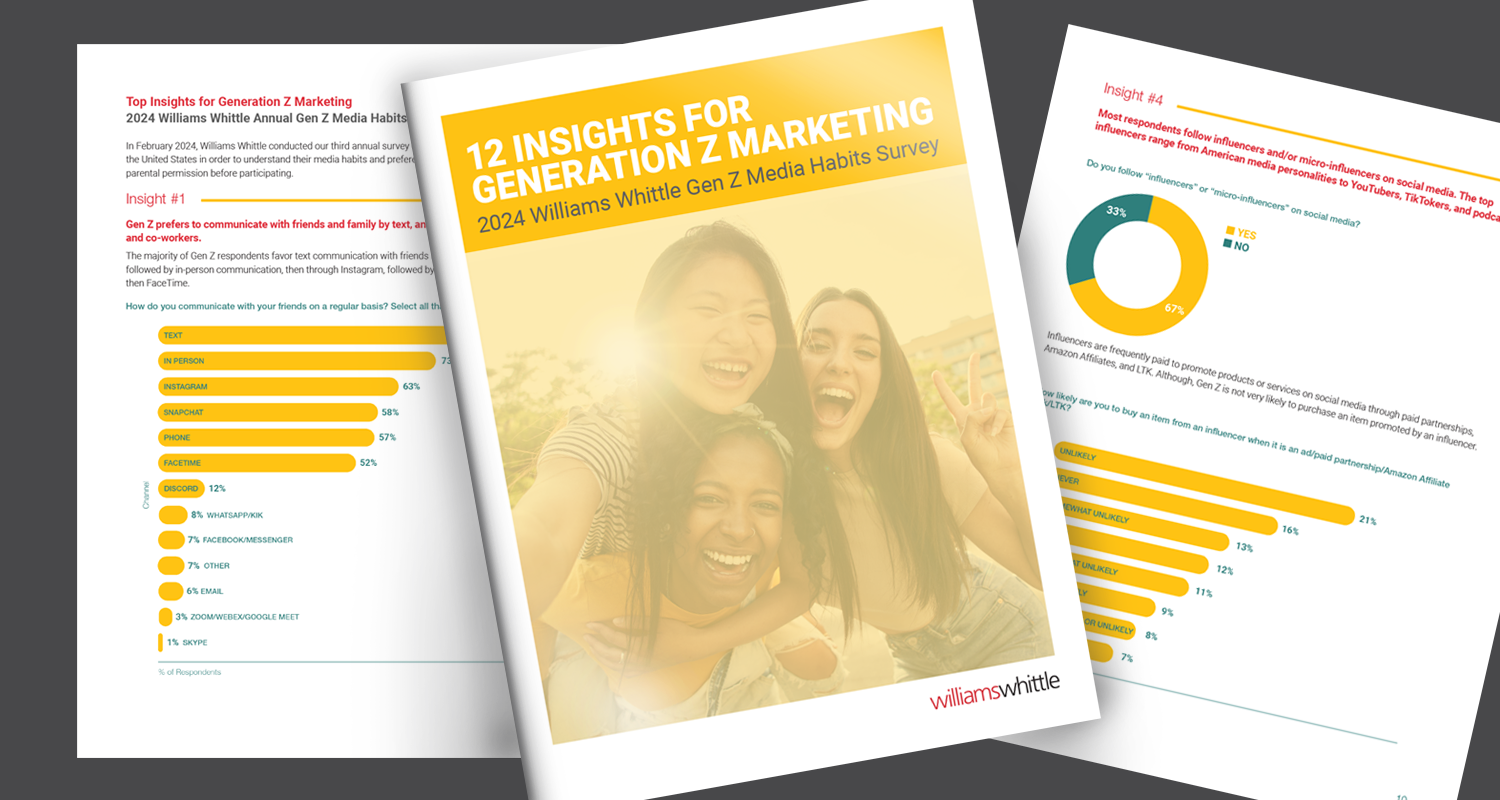2017 AMA Nonprofit Marketing Conference Recap
Everybody knows the Make-A-Wish Foundation and the joy that they bring to children all around the world. But how well do we really know them? It turns out, “not very”, after viewing a talk by John Vranas, a senior marketing official of the Foundation who spoke at the American Marketing Association Nonprofit Conference in July. His premise is that Make-A-Wish is well-known, but not known well.
First of all, their annual donations of $300 million was a distant second in their space to St. Jude’s annual take of $1 billion+. How would they close the gap?
Some impressive stats: Make-A-Wish grants a child’s wish every 17 minutes around the world. That’s 31,000 wishes granted per year. They serve 62% of the world’s population, having started in Phoenix with the granting of a wish from a child suffering from cancer. One of the highlights of spreading the word was their partnership with Disney and the Share Your Ears social media campaign in which people were encouraged to change their Facebook profile pictures to include some form of Mickey Mouse ears. Over 1.77 million people participated and 1.4 million people changed their Facebook pictures.
But sending children to Disney World, the “Happiest Place On Earth” was, it turns out, sending the wrong message. Make-A-Wish undertook research among both donors and non-donors and found that most respondents believed that the children who were granted wishes were terminally ill. The net effect of this belief was that while donors felt good about helping, it became a one-and-done proposition. Having helped grant the wish, what reason do they have to continue donating?
The fact is that most children in the program are not terminal. A second perception is that the children themselves are the heroes. Make-A-Wish believes otherwise. The Foundation is made up of dozens of local chapters throughout the US and the world, all staffed by volunteers who make the wishes come true. Make-A-Wish is now seeking to make the volunteers the real heroes. It is they who need the support of donors. The kids—terminal or not—will ultimately benefit with the belief that you don’t have to cure a child to heal them. By moving the volunteers front and center in their storytelling, Make-A-Wish believes they have a much more sustainable cause. It’s no longer transactional.
Make-A-Wish has also sharpened up their storytelling on social media, focusing on YouTube and Facebook in particular. They are much more choosy in the stories they tell and bring more production values to the videos. They now tell fewer stories better.
Will this new strategy help close the gap with St. Jude? Stay tuned—and consider donating to a pretty good cause!
Rob Whittle has spent his career mixing new strategies with old, using tried and true methods, and enjoys watching the alchemy produce ROI.


